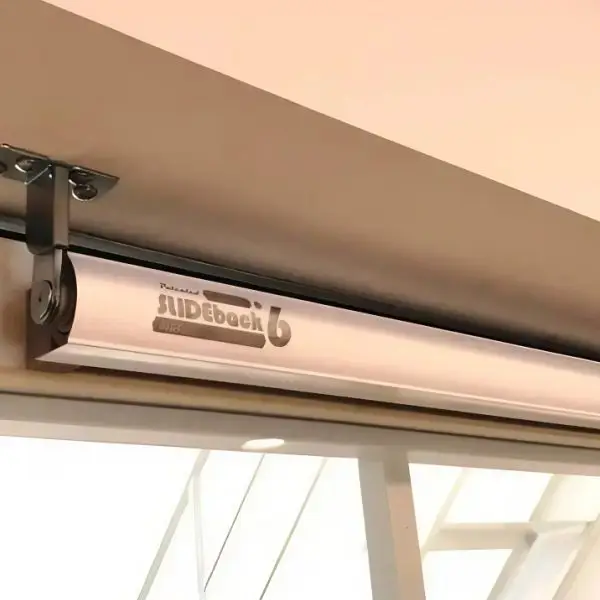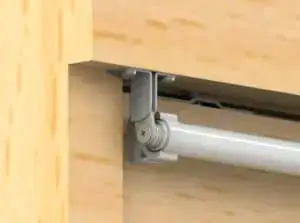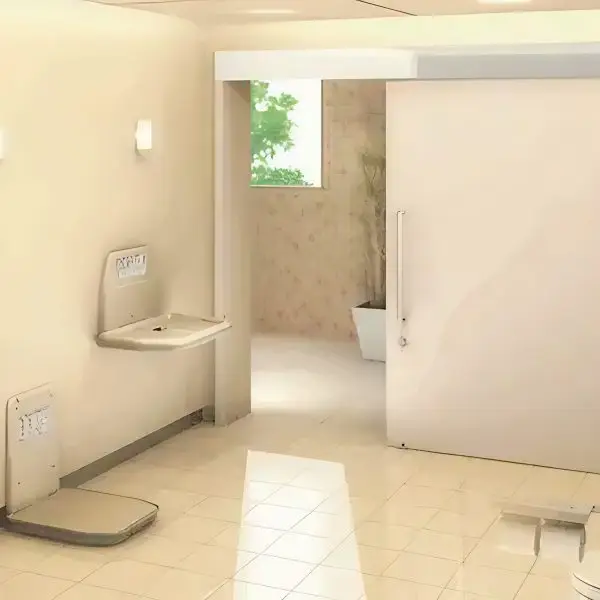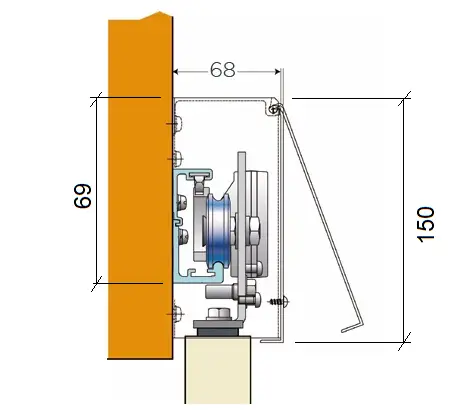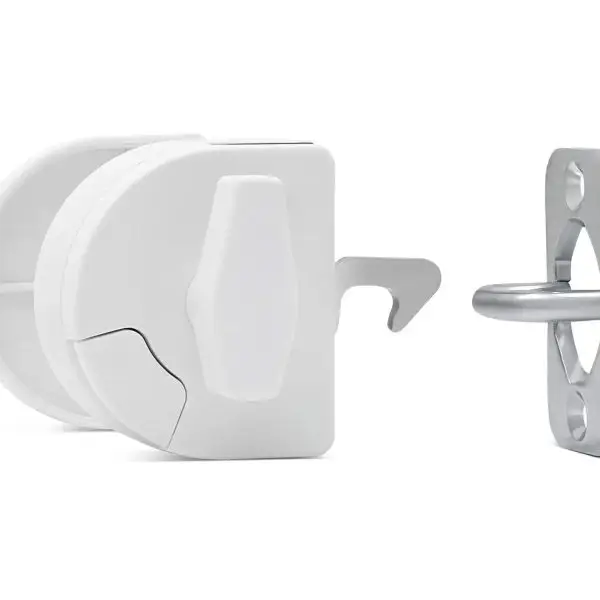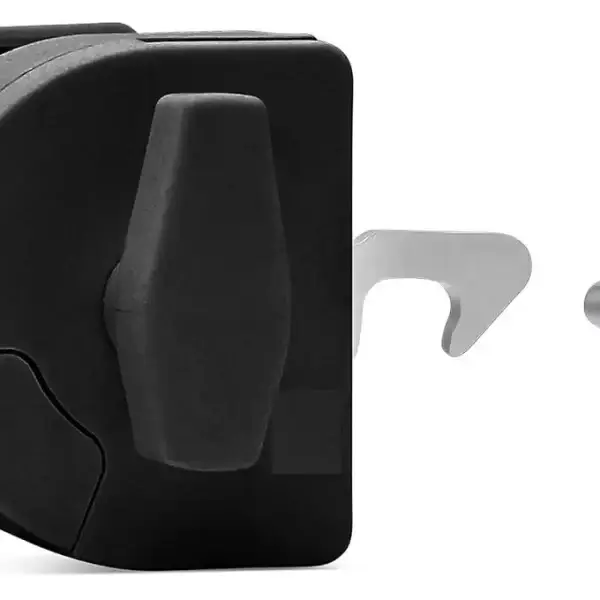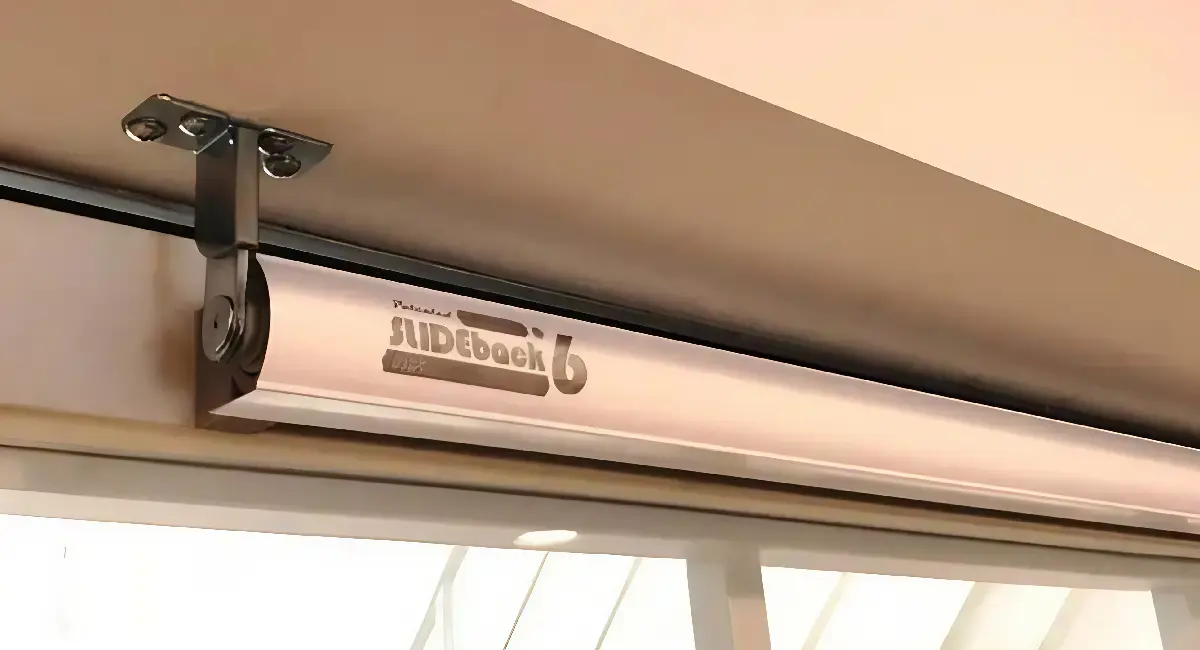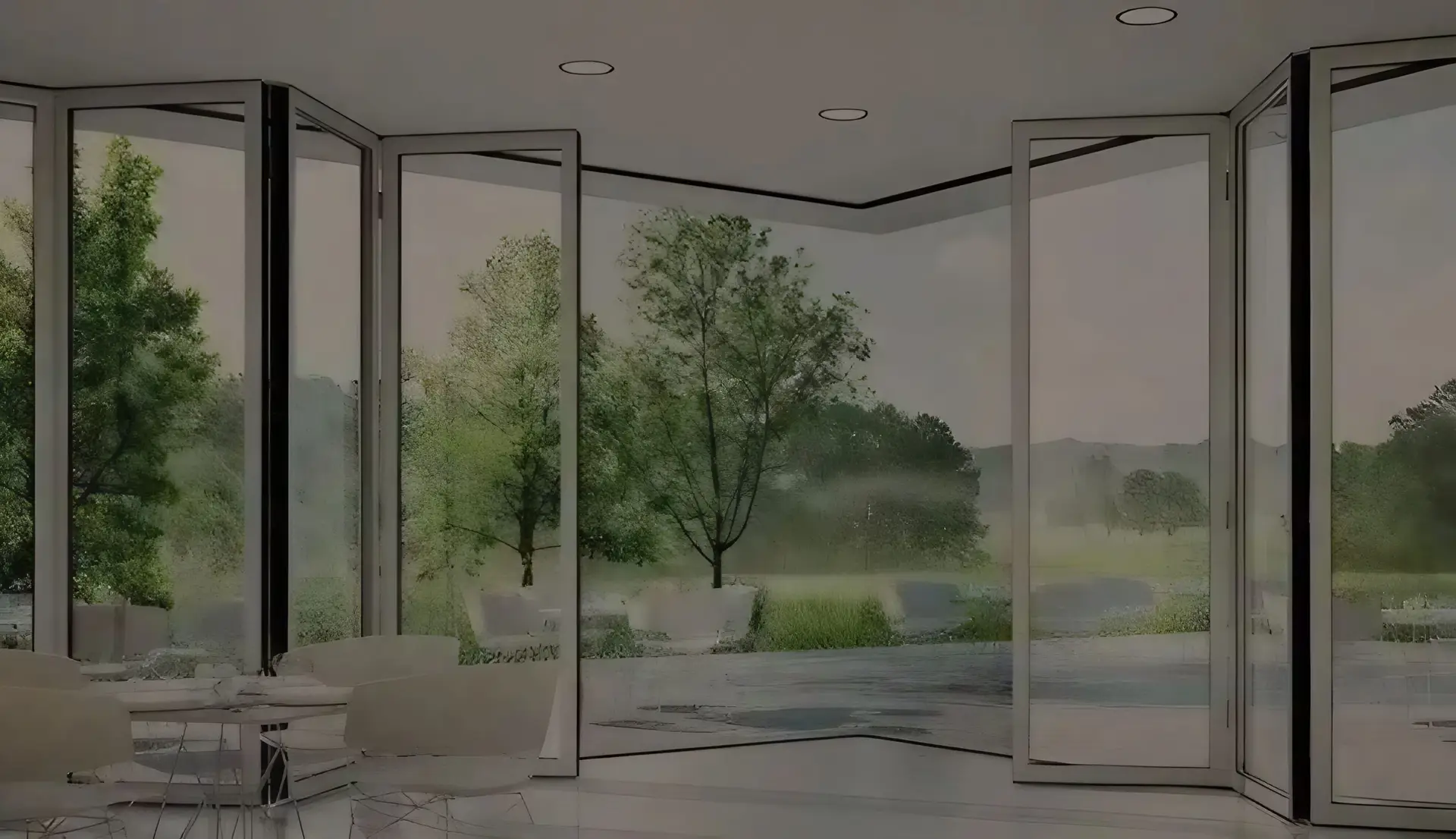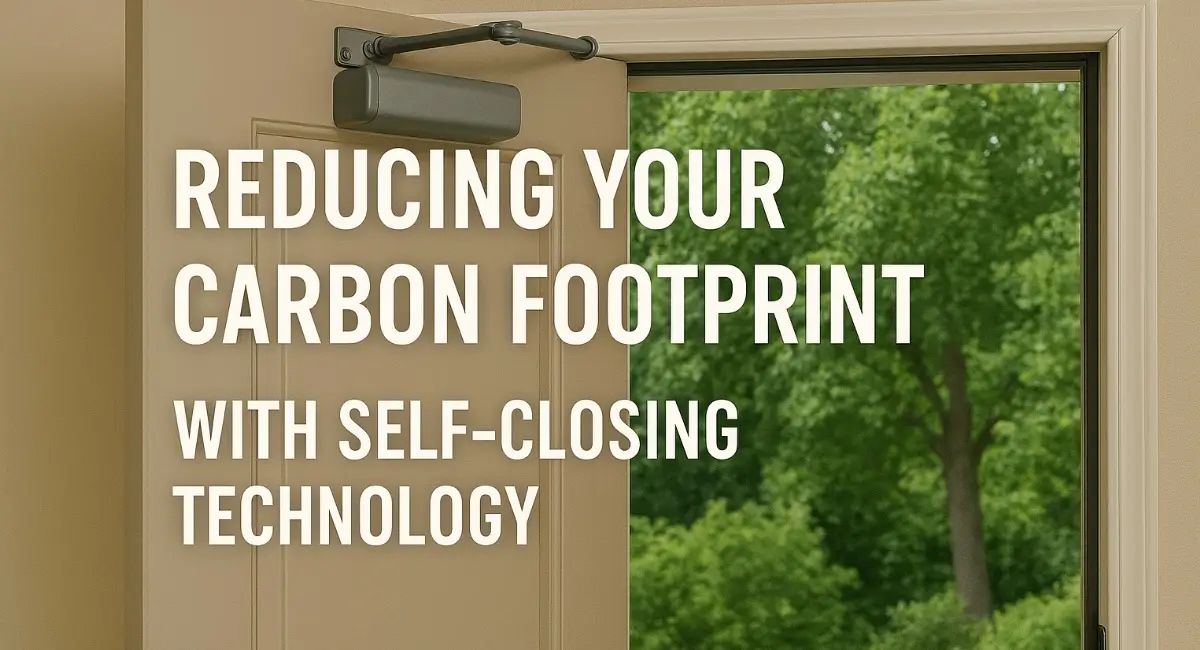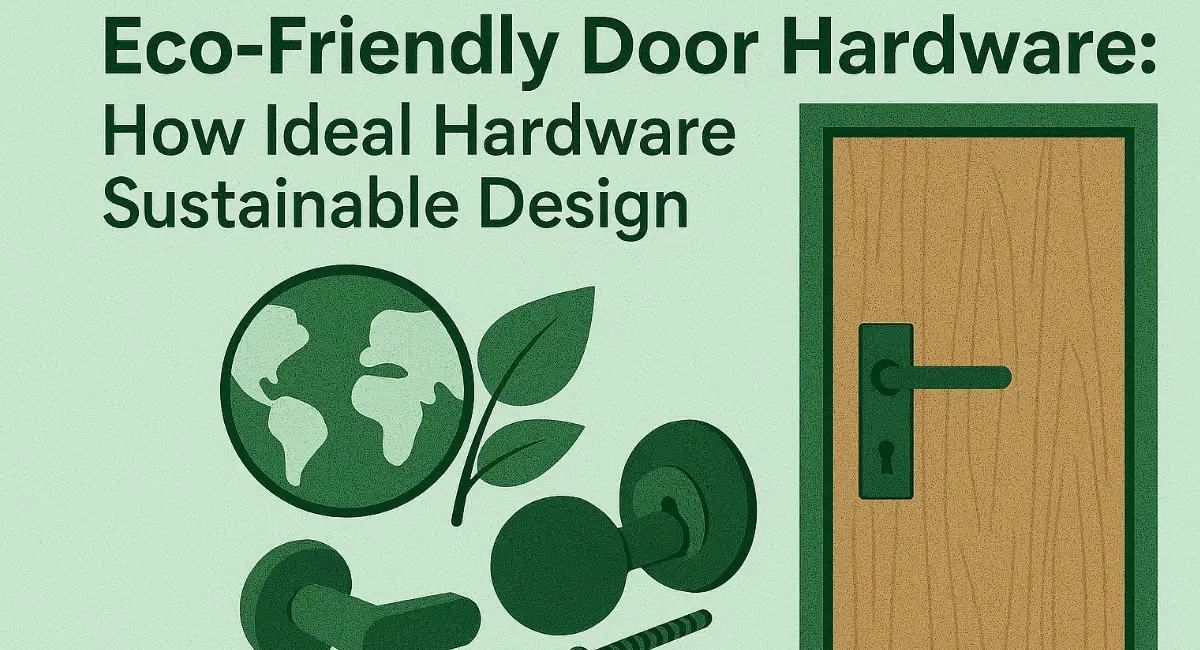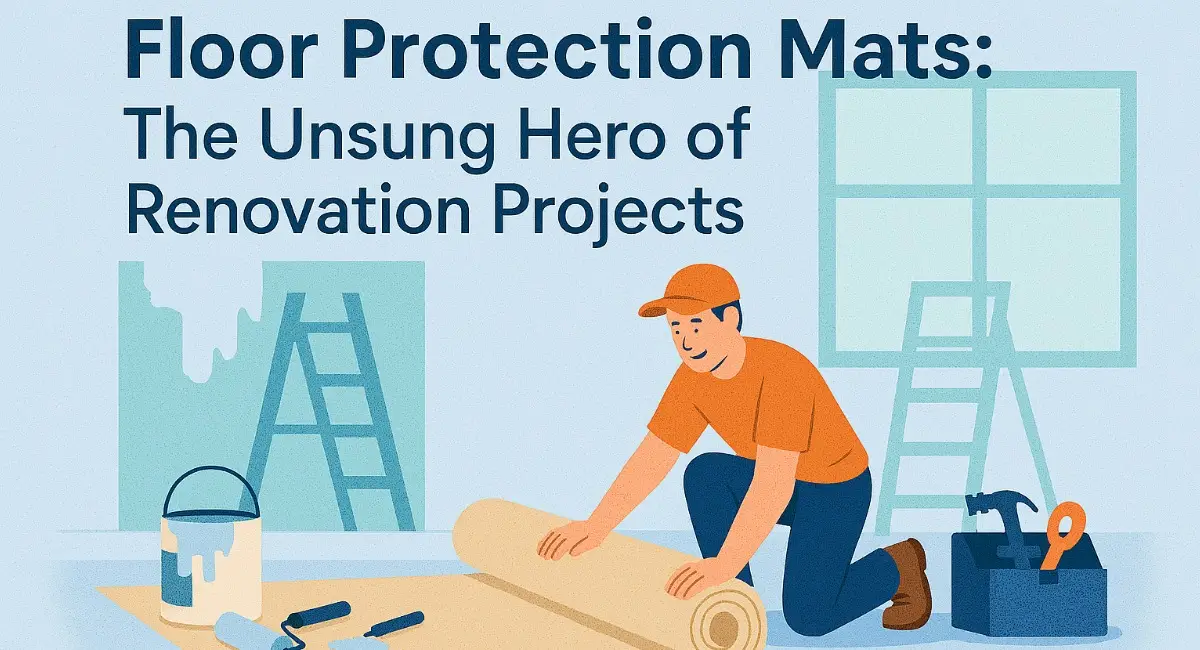Sliding Door Self Closer – Slideback
The eco-friendly self-closing sliding door closer is semi-automatic, requiring no external power supply, with an easy-to-install, slow-closing feature for seamless operation. Suitable for door openings from 420mm to 1760mm, it comes without an optional front case.
$322.00
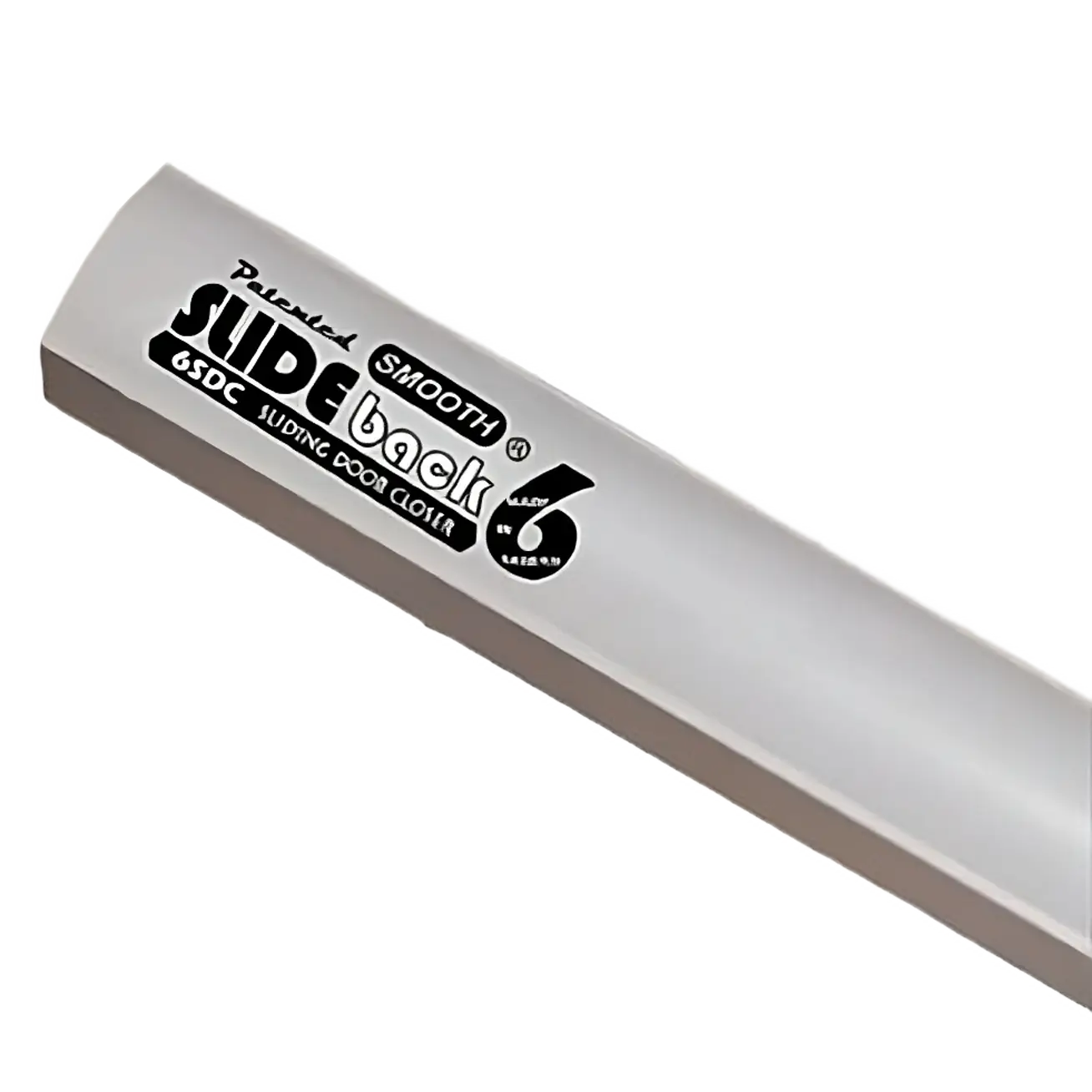
Soft Closing Sliding Door
The sliding door system for wood and aluminum panels supports up to 120 kg and 20-60 mm thick doors, featuring dust-resistant rails and smooth, quiet operation. It offers easy installation with adjustable settings, requiring 500 mm for one-way or 830 mm for two-way soft close systems.
$322.00
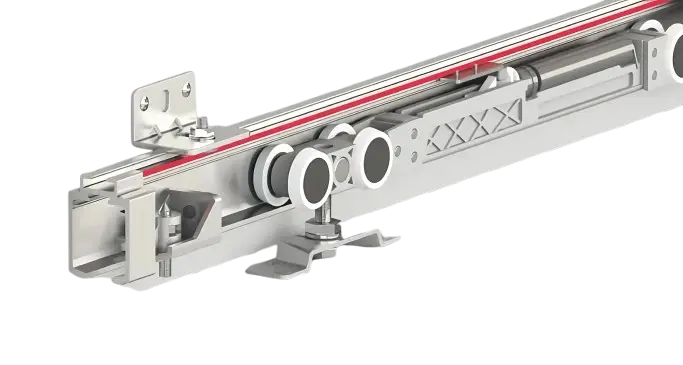
Self Closing Hinges & Soft Closing Hinges IDH2
This door system supports 40/60/80kg doors with dimensions up to 900mm width, 2200mm height, and 40-60mm thickness, offering a 180° opening angle. Available in black or silver, it is fire-rated and tested for 100,000 cycles; returns are not accepted.
$322.00
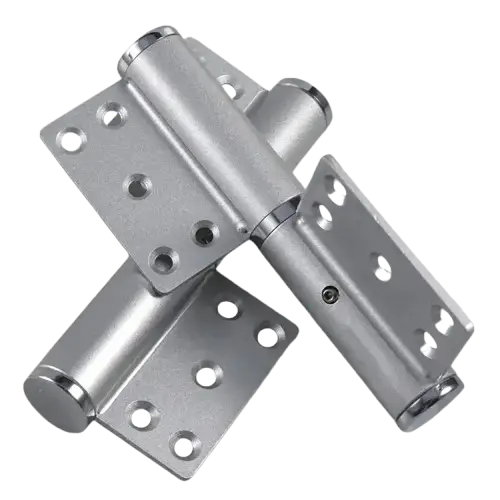
FEATURED CATEGORIES
OUR PRODUCTS
Discover our comprehensive range of door and floor solutions designed to enhance functionality, safety, and style. From innovative sliding systems to durable seals and protective mats, we offer products that meet every need with precision and quality.
Sliding Door Self Closer – Slideback
- 400 series: 420mm-910mm
- 693 series: 700mm-1150mm
- 800 series: 790mm-1360mm
- 1000 series: 990mm-1760mm please note: this product comes without optional front case
- Pneumatic Cylinder: This is the main component that uses compressed air to produce the closing force. When the door opens, air is drawn into the cylinder, and when released, it pushes the piston back to close the door.
- Control Valve: This regulates the air flow into and out of the cylinder, controlling the speed of the door as it closes. The sliding door self closer has an adjustable valve to customize the closing speed. You can find the adjustment screw at the other end where the pistons are not.
- Arm or Linkage: The linkage connects the pneumatic cylinder to the door. It transfers the linear motion of the piston to the door, facilitating its movement.
- Mounting Hardware: This includes brackets and screws necessary to install the system onto the door frame and door.
- Energy Efficiency: Helps maintain temperature control by closing doors quickly.
- Safety: Reduces the risk of accidents by ensuring doors are closed, which is particularly vital in areas where safety is a concern.
- Convenience: Allows for hands-free operation, ideal for busy environments.
Sliding Door Hydraulic Self Closer – Slidex
- Self Closing System for metal or wood doors, up to 80kg.
- Designed with a hydraulic self close feature which brings the door to a gentle close. Soft, hydraulically controlled closure.
- Ideal for hospitals and disabled access points.
- Interior applications only (for exterior use, special order only).
- Comes complete with a hydraulically controlled soft close feature.
- Adjustable closing speed options plus delayed closing timer.
- Door brake reduces opening speed to prevent damage to the door and system.
- Optional hold open unit giving adjustable time delay before self closing
- Mounting Hardware Included.
- Left hand and right hand opening versions available.
Sliding Door Latch
Sliding Door Self Closing Systems
Enhance your space with the precision, functionality, and convenience of our Sliding Door Self Closing Systems. These innovative solutions ensure doors close automatically and smoothly, adding both safety and style to residential or commercial environments. Perfect for wood or metal doors, these systems are eco-friendly, require no external power supply, and are easy to install.
Why Choose Our Sliding Door Self Closing Systems?
- Eco-Friendly Design: No external power required for operation.
- Enhanced Safety: From soft closing to childproof latches, these systems prioritize security.
- Easy Installation: User-friendly designs simplify the setup process.
- Versatility: Suitable for various door materials, sizes, and applications.
Explore the Sliding Door Self Closing category to find the perfect solution for your needs, blending style, functionality, and reliability into one seamless experience.
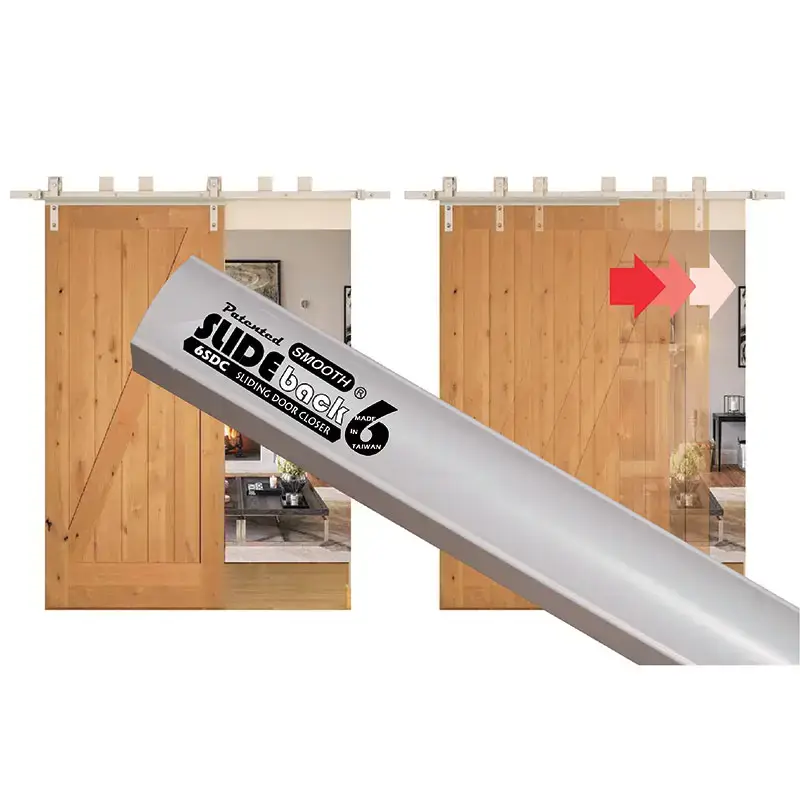
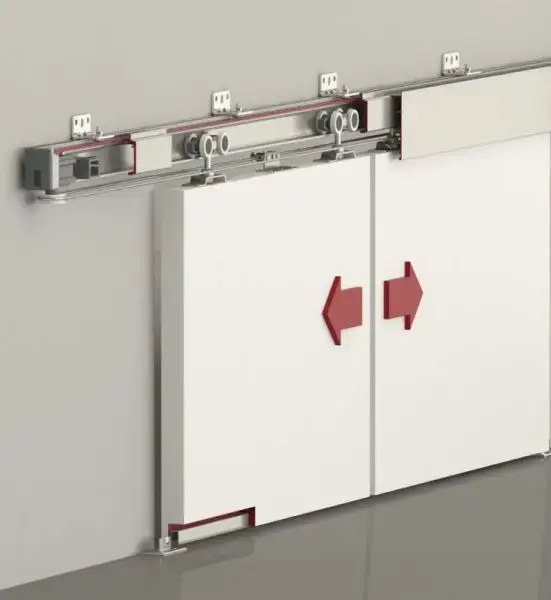
Soft Closing
Upgrade your living or workspace with our premium Soft Closing Sliding Door Systems, designed to combine elegance, durability, and functionality. Whether you're renovating or building, these systems offer cutting-edge technology to ensure smooth, quiet, and safe operation. Perfectly suited for wood and aluminum panel doors, our sliding door systems come with innovative features tailored for modern interiors.
Why Choose Our Soft Closing Sliding Door Systems?
- Enhanced safety and convenience with integrated soft closers.
- Precision engineering for durable and long-lasting performance.
- Designed to complement contemporary interiors with minimalistic elegance.
Explore our Soft Closing category and transform your space with cutting-edge sliding door solutions that prioritize quality, ease of use, and timeless style.
Cavity Door
Our Cavity Door Systems blend functionality, style, and advanced technology to optimize your interior spaces. Perfect for pocket and cavity sliding doors, these systems offer smooth, silent, and safe operation, with features designed to enhance convenience and aesthetics. Whether for residential or commercial use, these innovative solutions ensure seamless integration into modern interiors.
Why Choose Our Cavity Door Systems?
- Advanced Mechanisms: Dual soft-closing, self-closing, and door-stopping features enhance safety and usability.
- Stylish Design: Modern aesthetics paired with concealed mechanisms for a seamless look.
- Easy Installation: Practical adjustment options simplify setup and ensure precise fitting.
- Versatile Applications: Suitable for wooden or aluminum panel doors in residential and commercial settings.

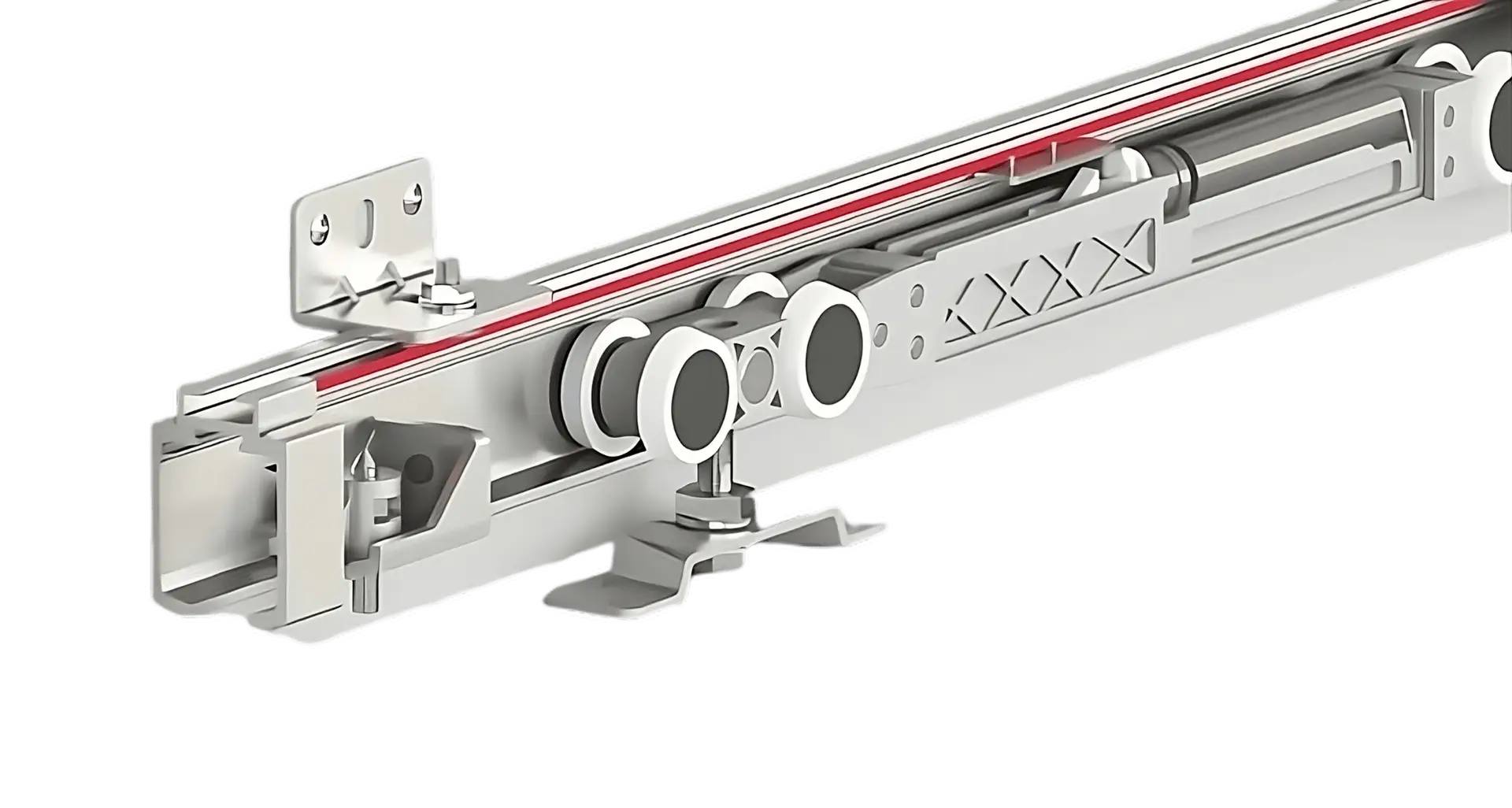
Adjustable Height Mechanism
Soft-Close System
Dust-Resistant Design
Easy Installation
High Load Capacity
Why Choose Ideal Hardware?
At Ideal Hardware, we combine premium quality, fast shipping, and dedicated customer support to provide innovative hardware solutions that enhance your everyday life.

Premium Quality
Guaranteed top-notch products.

Fast Shipping
Dispatched within 24 hours.

Customer Support
Available 9 AM – 5 PM.








